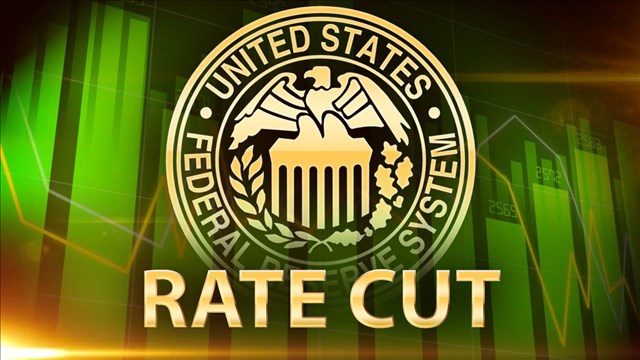
The Federal Open Market Committee (FOMC) slashed interest rates again by 25 basis points on October 30, 2019. This is the rate that sets what banks charge other financial institutions for lending overnight. Additionally, it’s also linked to nearly all types of revolving consumer debt.
Is This the Last Interest Rate Reduction?
This cut, though widely expected by the nation’s financial markets, might be the last one for some time if the Fed’s indications are accurate. Though it was the third time in 2019 the Fed dropped the rate, Chairman Jerome Powell noted that the nation’s economic expansion is maturing and that the cut was an adjustment within that cycle.
In June, post-meeting statements from the FOMC included a phrase that indicated that it planned to continue to act appropriately in order to sustain the country’s economic expansion. Chairman Powell used it then as a way of explaining the rationale behind the rate cut that occurred the next month.
During the October meeting, though, the language was toned down considerably. Instead, the statement released indicated that the FOMC would continue with its monitoring activities in an effort to accurately assess the appropriate target range for the rate. During a news conference, Chairman Powell further clarified the position of the Committee. Essentially, he stated that the current monetary policy is likely to remain stable.
Markets Anticipated This Change
In spite of President Trump’s urging for the Fed to continue its rate-cutting ways, new language also included in the committee’s statements from its October meeting indicates that future decisions will be data-dependent instead. This is in contrast to simply making an ongoing intent to lower interest rates.
How Does This Affect Mortgages?
While home loan rates don’t respond quickly when the Fed adjusts the rates, there’s empirical evidence that demonstrates that the two are related. Mortgage rates are more closely linked to the Treasury’s 10-year yield. It’s this number that tends to serve as a benchmark for 30-year mortgage rates that are fixed.
In 2018, the Fed raised interest rates four times throughout the year. Instead of reacting in a similar way, though, mortgage rates continued to slide downward through December of that year. The Fed’s actions don’t usually have a direct connection to mortgage rates, but both numbers are influenced by market forces that are similar. The primary concern is an expectation that a slowing of the economy is imminent.
What Does the Data Show?
The data the Feds looked at during their October meeting showed some concern regarding both the global and domestic economies. Hiring in the United States had slowed over the past few weeks while activity within the manufacturing sector was lagging.
Global growth also showed signs of decelerating. This prompted other central banks around the world to cut their rates too. In addition to short-term borrowing rates falling, potential homebuyers can also expect long-term rates to tumble as well. In fact, just a quarter of a percentage point reduction could mean a monthly payment that is a couple of hundred dollars less.

 Protected with 256 bit SSL
Protected with 256 bit SSL




